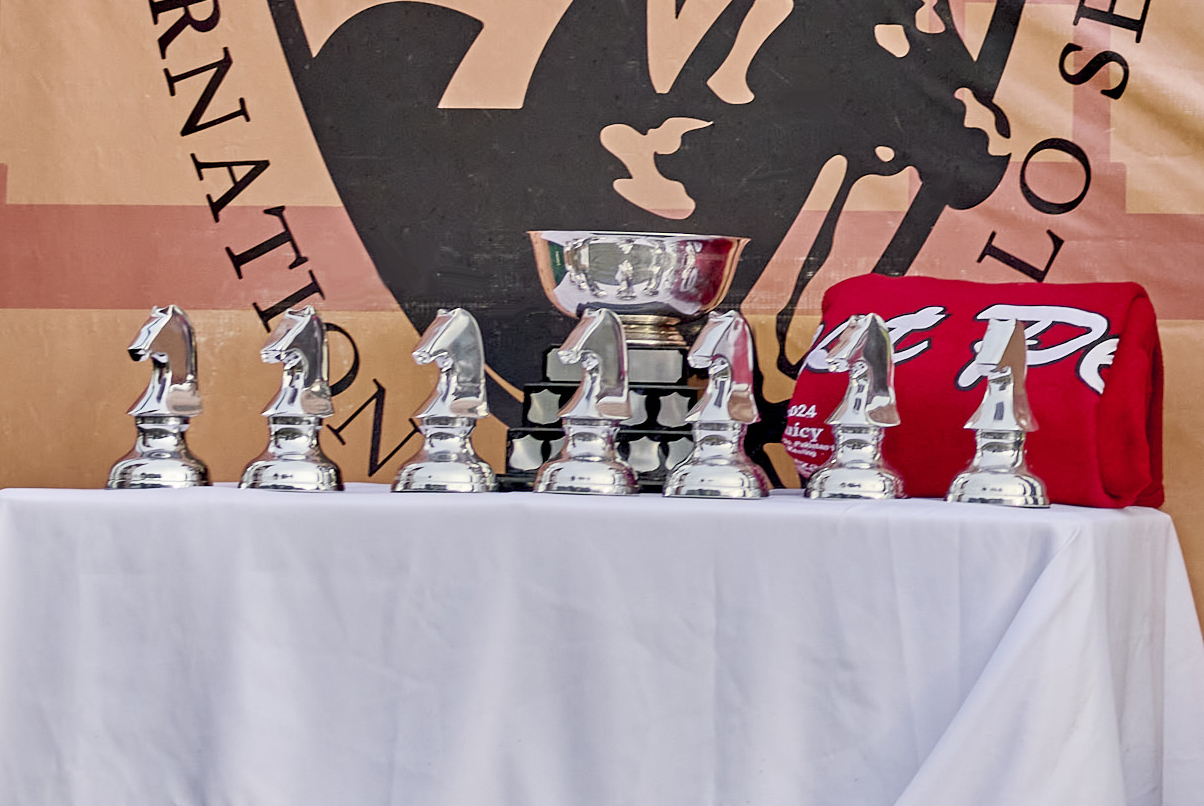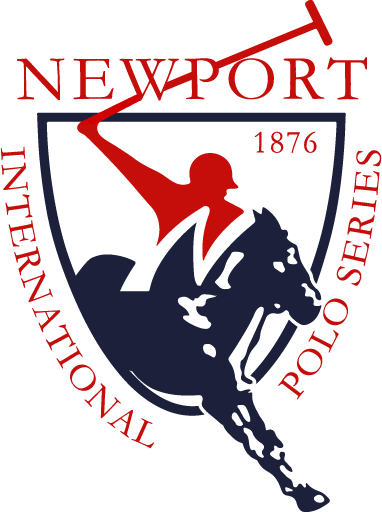Your cart is currently empty!

A Knight to Remember
Published on
At the Newport International Polo Series, winners don’t just take home a trophy, they take home a treasured reminder of their Newport experience, and a reflection of the game itself. Since its early years, the club has honored its victors with silver prizes reminiscent of New England.
This season, a horse-headed silver knight from the game of chess serves as an elegant and symbolic prize that reflects the deeper spirit of the game. To those who know the sport intimately, it’s more than just a striking keepsake. It’s a nod to the timeless metaphor that polo is, in essence, “chess on horseback.”
The most iconic of chess pieces – the Knight – adds a level of complexity and unpredictability to the match. This comparison isn’t a marketing flourish, it’s how seasoned players and strategists within the sport genuinely describe the game of polo.
Just as in chess, polo requires foresight, tactical planning, and an intimate awareness of the entire field of play. Each position has a specific function, each movement can shift the outcome, and a moment of miscalculation can lead to defeat. But unlike the still, silence of a chessboard, polo plays out at 30+ miles per hour on a thundering field of equine instinct and split second decisions by the riders.
The silver horse chess statue awarded this season, therefore, isn’t arbitrary. It captures the mental elegance of the game, while also referencing its equestrian soul. The Newport Polo silver knight trophy doesn’t just represent victory—it’s a celebration of craftsmanship and heritage, honoring both form and function, intellect and athleticism. The knight, with its distinct movement, is the only chess piece that can jump over others, reaching positions that no other piece can reach, thriving in closed or blocked positions.
In polo, it’s often the daring, early plays that set the tone for the match. The knight represents initiative and fearless momentum—an ideal metaphor for the boldness it takes to win at the highest levels.
Unlike other pieces that operate in straight lines, the knight moves in curves and corners—it attacks from unexpected angles. In chess, knights are often used in surprise tactics, especially forks, where a single knight can threaten two or more pieces at once. A great polo player, like the knight, doesn’t attack head-on—they maneuver, anticipate, and strike from surprising positions, often making decisive plays in the most chaotic moments. It’s agile, unpredictable, and strategic…just like a great polo player.
Silver has long held a place of honor in polo’s ceremonial traditions. The use of silver trophies in polo dates back to the British Raj, when matches were often played between cavalry units and colonial elites in India. Victories were typically rewarded with handcrafted silver bowls, urns, and chalices — often engraved and presented in lavish ceremonies. As the sport spread westward and grew into a global tradition, the symbolism of silver remained.
In 19th-century England and the U.S., polo trophies were sometimes even repurposed from military silverware, a nod to the sport’s cavalry roots. The Westchester Cup, one of the oldest international polo trophies (contested between the U.S. and England), is a gleaming silver behemoth first awarded in 1886 in Newport for the first of its many historic contests, reflecting the grandeur and prestige of the game.
Before stylized trophies became common, early winners of polo matches were awarded more utilitarian prizes: riding gear, engraved stirrups, silver flasks, and in rare cases, ceremonial swords. These items were as practical as they were prestigious. In the Gilded Age of American polo, when the game became a summer staple of the Newport elite, ornate silver cups and commemorative tokens became the norm, with a number of notable American silversmiths based here in New England, including Paul Revere, whose legendary Liberty Bowl is replicated in our perpetual winners trophies.
By awarding silver horse chess pieces in 2025, Newport Polo continues this storied tradition with a thoughtful, modern twist. The piece serves not just as a marker of victory, but as a conversation piece, a reminder that the sport of kings is also a game of intellect, intuition, and artful strategy. Like the knight it depicts, the trophy stands apart turning, leaping, and always one move ahead.
